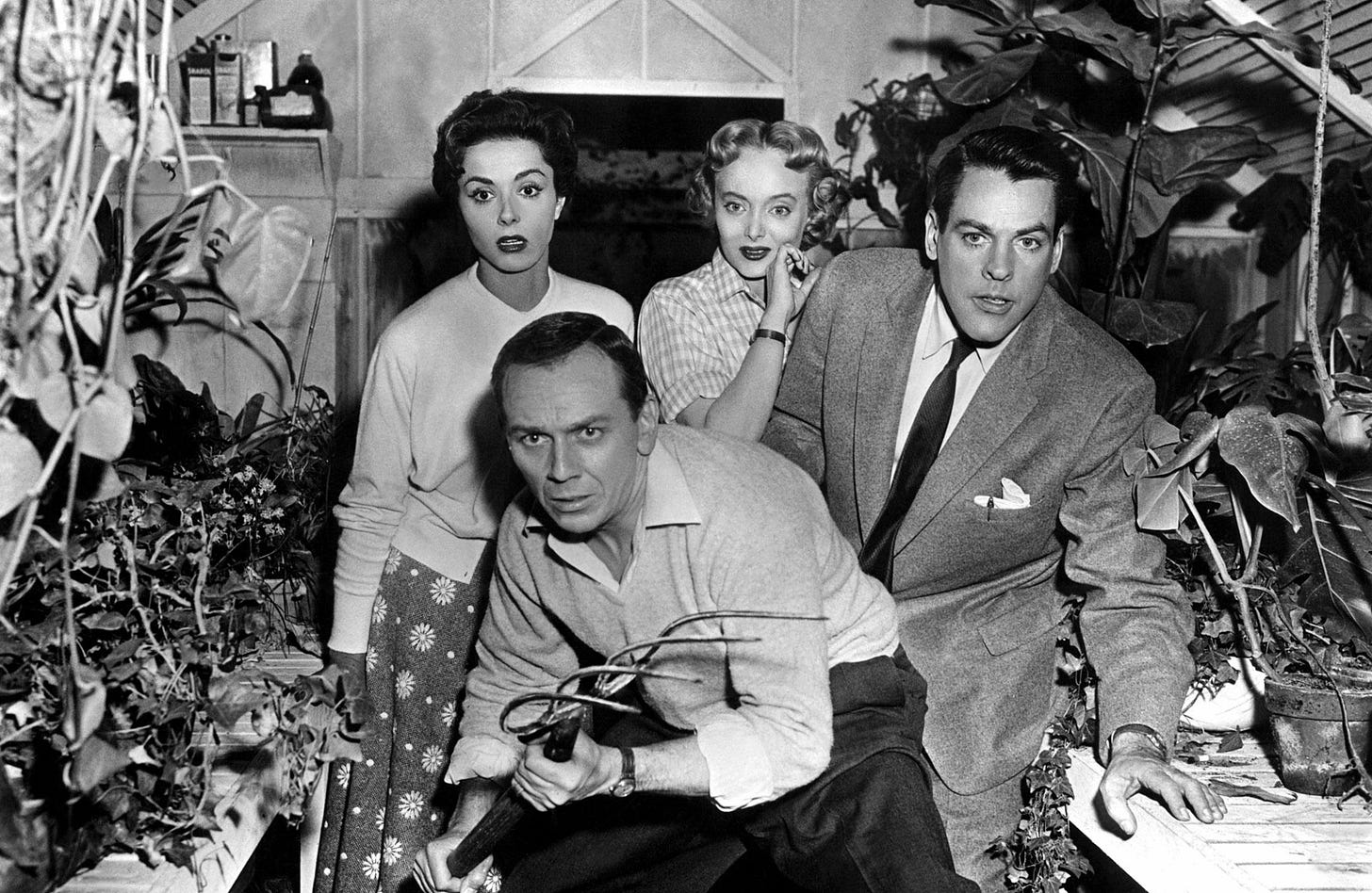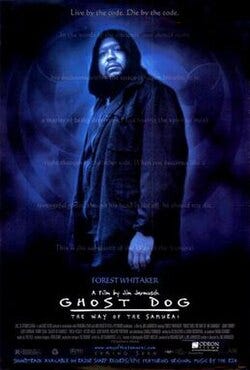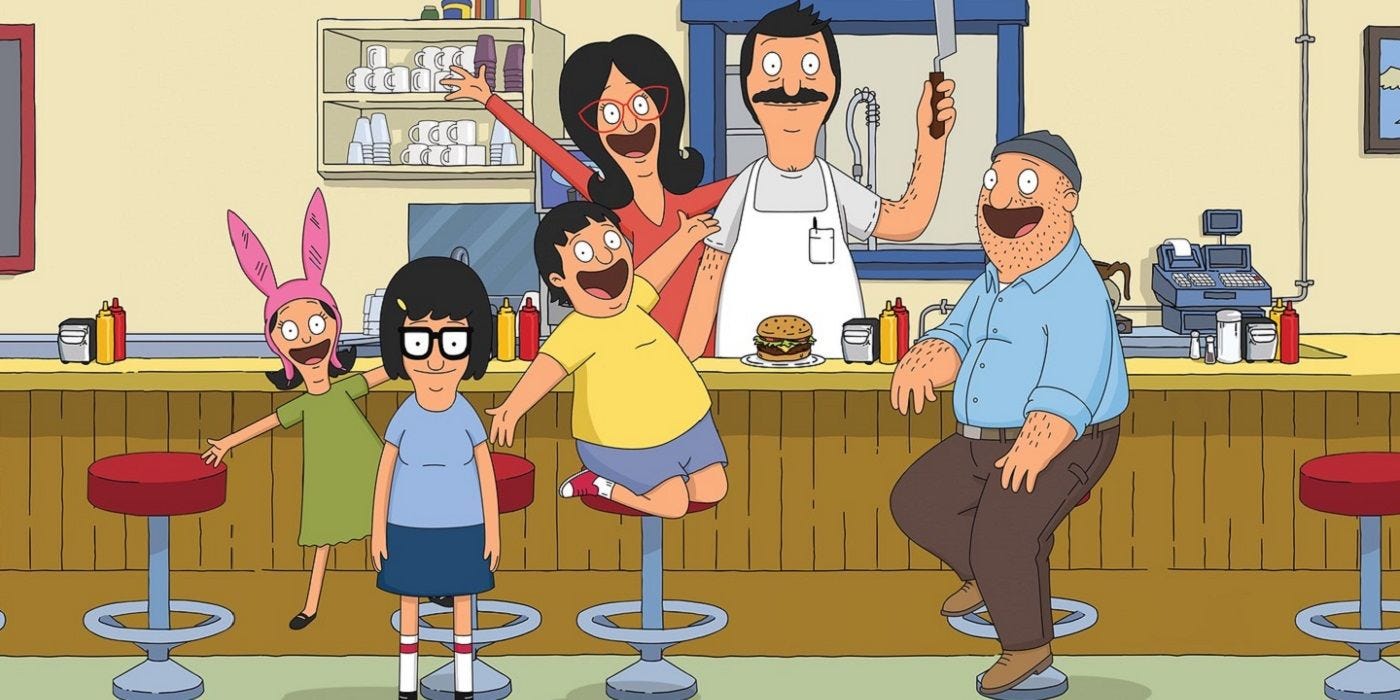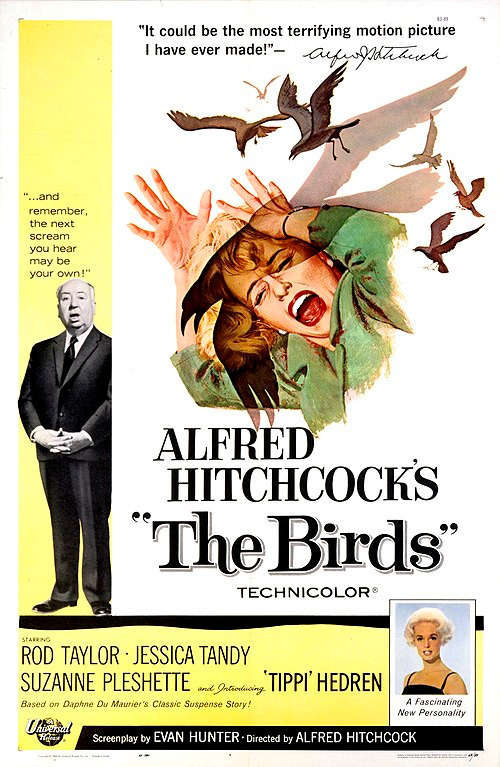Watched and read this past week:
Movies
Karate Kid: Legends. Enjoyable and fun. I just wished they let the story breathe a little bit.
The Life of Chuck. Nice adaptation of King’s novella. I like that Mike Flanagan continues to adapt King’s work for the screen. Both Doctor Sleep and Gerald’s Game are great interpretations of his books. Still can’t believe he pulled off Gerald’s Game!
Watched four by Jim Jarmusch. Stranger Than Paradise, Down By Law, Mystery Train, and Ghost Dog: The Way of the Samurai. All excellent films. Love RZA’s score for Ghost Dog. Mystery Train might be my favorite of Jarmusch’s. It was sad seeing Joe Strummer. Wish he was still with us.
Everything’s Going to Be Great: Nice coming of age story. Great performance by Allison Janey.
Psycho Beach Party: Fun, but I felt it was a little too long. Cool to see Amy Adams in one of her earlier films.
The Naked Gun: From the Files of Police Squad. Still holds up and still hilarious!
TV
Halfway through the sixth season of Little House on the Prairie. Big improvement from the fifth season. But the two-part episode, “May We Make Them Proud,” was devastating and perhaps too much. I think Mary has been through enough.
Finishing up the latest season of Bob’s Burgers. Need more Teddy episodes!
Books
Todd’s McGowan’s Introduction to Jacques Lacan. Outstanding. See my post.
Jack Finney’s Invasion of the Body Snatchers. Excellent read. One of my favorite sci-fi films (1956 version). The 1956 version left out the section where they discuss space spores, which was one of my favorite parts of the novel.
































